Calculus Made Easy By Silvanus P. Thompson - Simplified Calculus Learning
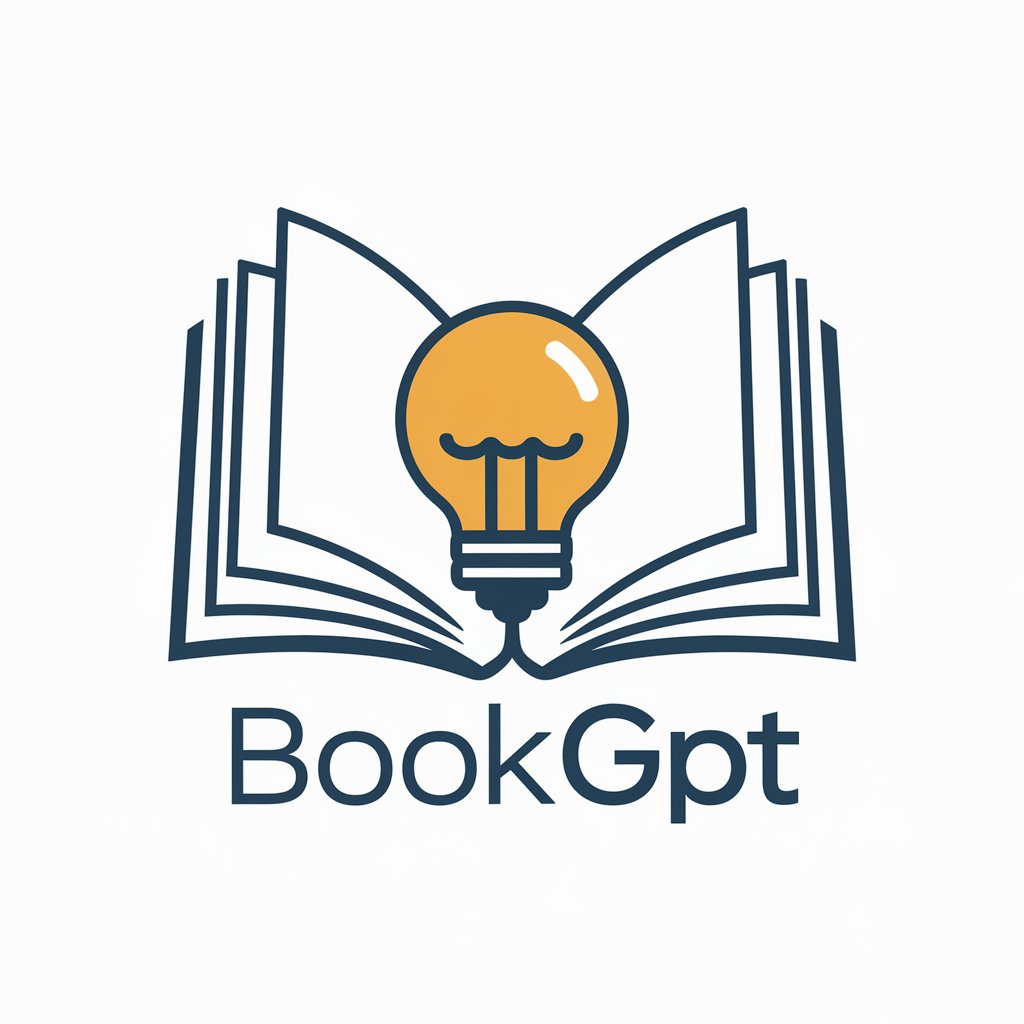
📚: Hello, I'm your reading assistant BookGPT. How can I help you today?
Making Calculus Approachable with AI
Describe the main idea of the prologue in 'Calculus Made Easy'.
Explain the concept of 'preliminary terrors' as discussed in Chapter I.
Summarize the author's approach to simplifying calculus in Chapter II.
What are the key points covered in the discussion about differentials in Chapter III?
Get Embed Code
Introduction to 'Calculus Made Easy' by Silvanus P. Thompson
'Calculus Made Easy', authored by Silvanus P. Thompson, is a seminal work that revolutionized the way calculus is taught and learned. Published in 1914, it stands out for its accessible approach to a subject often perceived as daunting. Thompson's book is designed to demystify the complexities of calculus, making it approachable for beginners and those intimidated by mathematics. It adopts a conversational tone, often humorous, to engage readers, breaking down complex calculus concepts into easy-to-grasp ideas. The book includes practical examples, historical insights, and clear explanations, particularly of differentials and integration, utilizing real-life analogies. Its primary design purpose is to ease the 'preliminary terrors' associated with calculus, transforming it from a subject for 'geniuses' to one that can be mastered by anyone willing to learn. Powered by ChatGPT-4o。

Main Functions of 'Calculus Made Easy'
Demystifying Complex Concepts
Example
Explains differentials and integrals in simple terms
Scenario
A student struggling with the concept of integration can find relatable examples and analogies in the book, aiding in understanding and application.
Providing Historical Context
Example
Discusses the development and applications of calculus
Scenario
A history buff or a curious learner gains insights into how calculus evolved over time and its impact on various fields.
Cohesive Learning Approach
Example
Ties together all concepts in concluding chapters
Scenario
Readers who have progressed through the book can see how different calculus concepts interlink, enhancing comprehension and confidence.
Ideal Users of 'Calculus Made Easy'
Beginners in Mathematics
Individuals new to calculus or who find mathematics intimidating. The book's approachable style and clear explanations make it an ideal starting point.
Students in High School and College
Students who are taking their first calculus course or need a supplementary resource to understand complex concepts in their curriculum.
Educators and Tutors
Teachers looking for ways to make calculus more engaging for their students can use the book's examples and explanations as a teaching aid.
Self-Learners and Enthusiasts
Individuals with an interest in mathematics or those engaged in self-study who require a resource that simplifies calculus without oversimplification.

How to Use Calculus Made Easy
Start with a Free Trial
Begin by accessing a free trial at yeschat.ai without needing to log in or subscribe to ChatGPT Plus, providing an easy start.
Explore the Basics
Familiarize yourself with the core concepts of calculus presented in a simplified manner by Silvanus P. Thompson, starting with the preliminary chapters.
Apply Concepts through Examples
Utilize the practical examples provided in the book to apply and reinforce your understanding of calculus concepts.
Engage with Historical Context
Gain insights into the development and application of calculus through the historical perspectives offered in the book.
Review and Practice
Regularly review the concepts and practice the exercises to enhance comprehension and confidence in calculus.
Try other advanced and practical GPTs
Alice's Adventures in Wonderland
Discover, Explore, and Analyze Wonderland
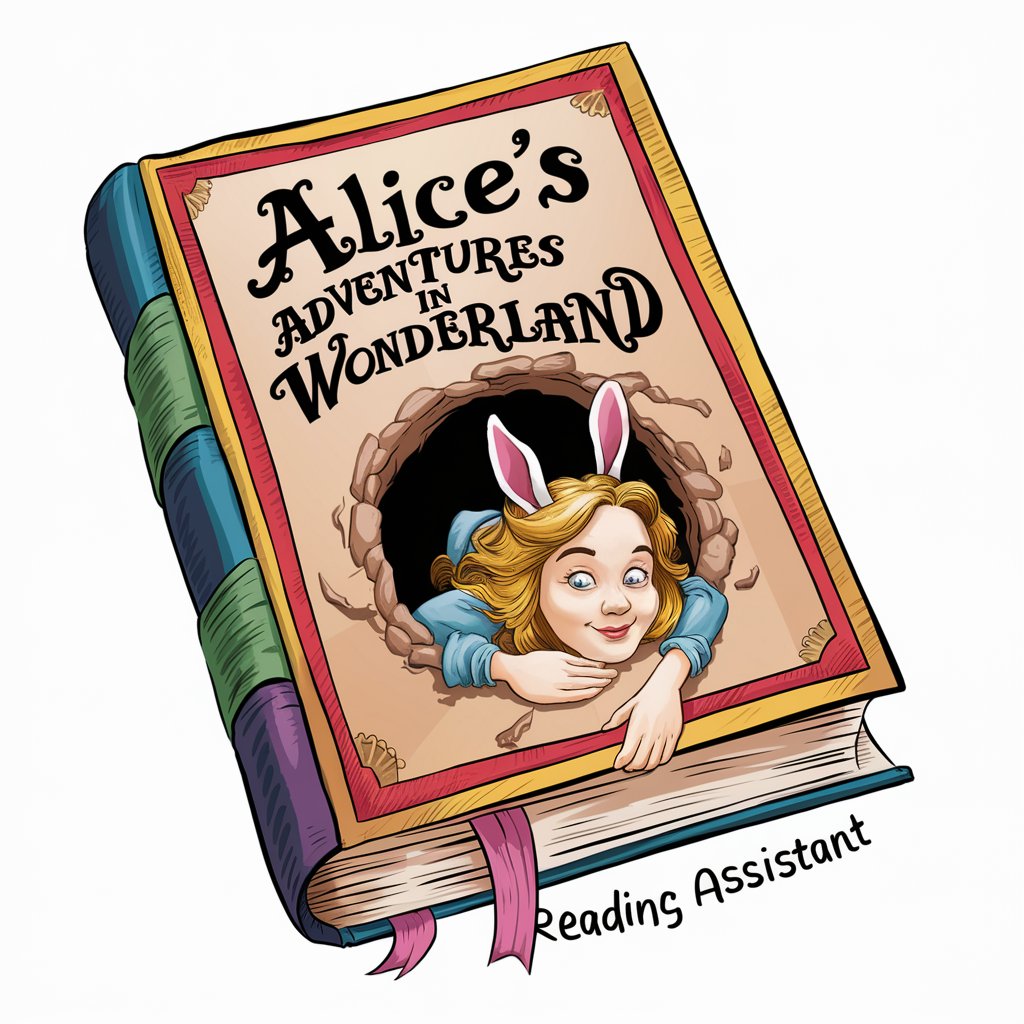
a-modest-proposal-by-jonathan-swift
Deciphering Swift's Satire with AI
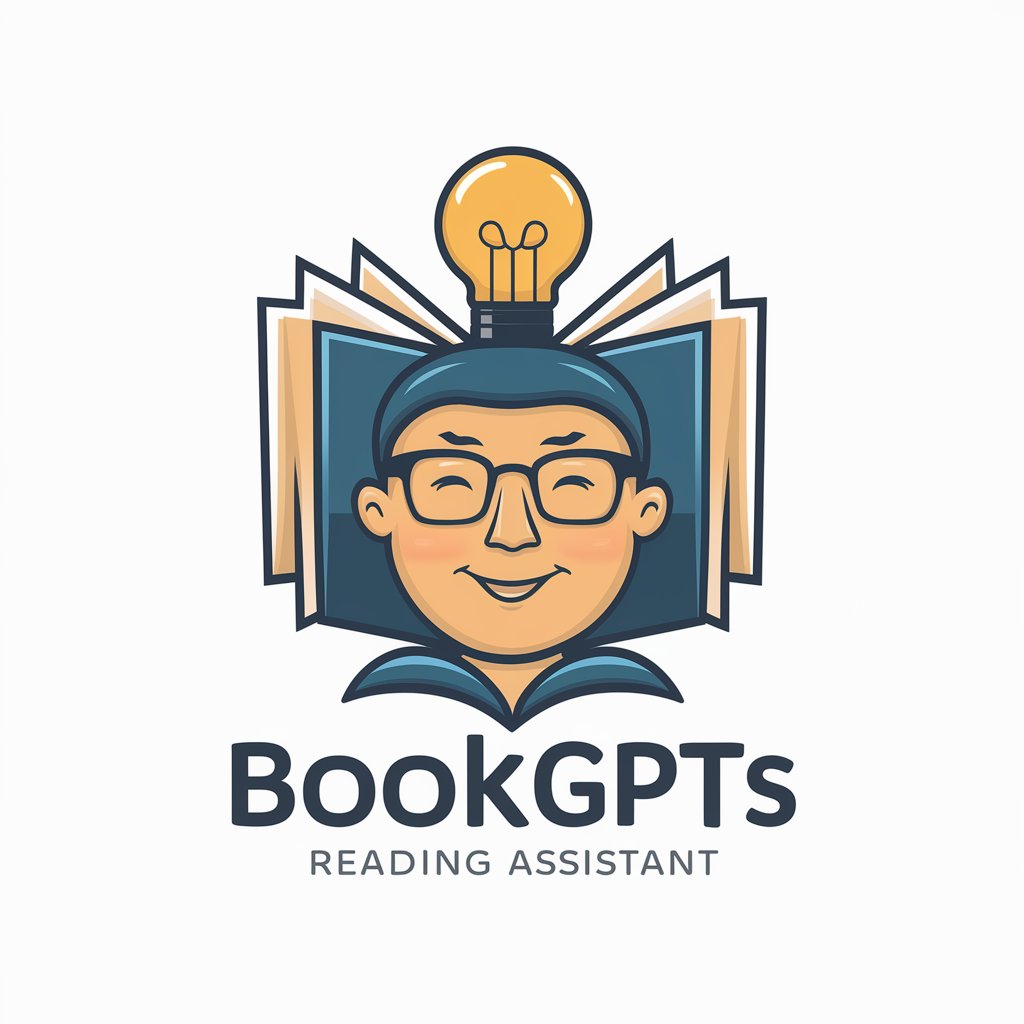
A Christmas Carol' - Charles Dickens
Revolutionizing Dickens' reading with AI

Redesign Resume/CV
Revolutionize Your Resume with AI

A&B Summarize!
Distilling Knowledge with AI Precision
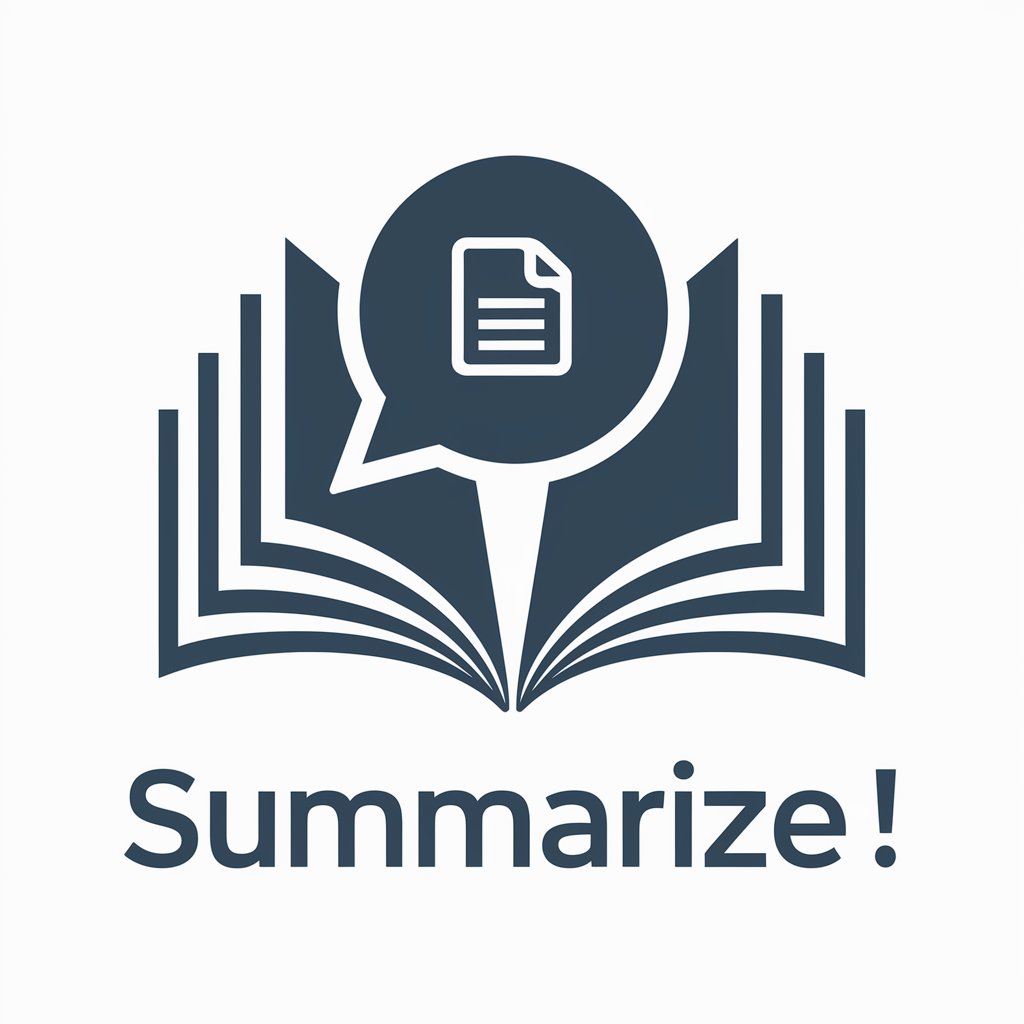
Aaron Cover Letter
Craft Your Career Story with AI

Dracula by Bram Stoker
Unlock the Mysteries of Dracula with AI

Frankenstein by My BookGPTs
Elevating Literature with AI Insight

Pride and Prejudice by Jane Austen - My BookGPTs
AI-powered insight into classic literature

Romeo and Juliet by My BookGPTs
Unravel Shakespeare's masterpiece with AI
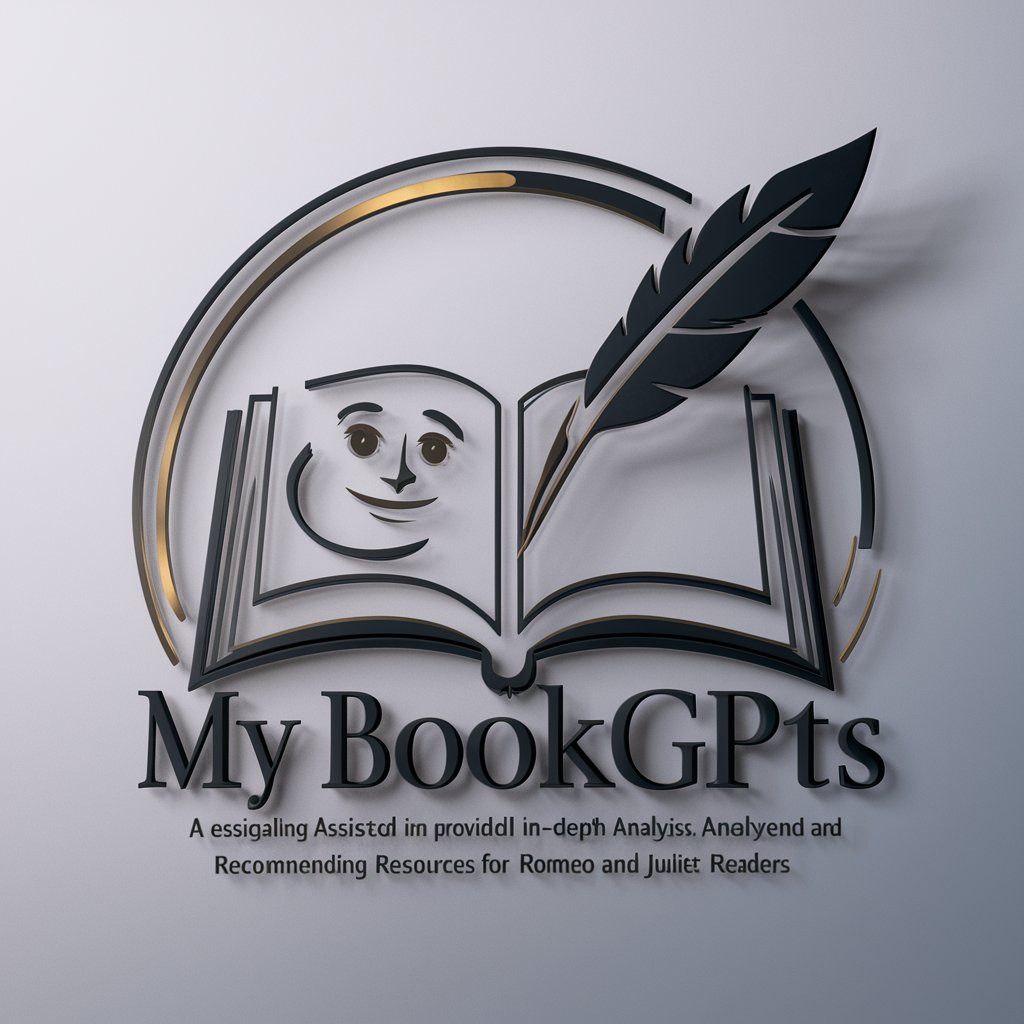
The Picture of Dorian Gray by Oscar Wilde
Exploring morality through AI-powered analysis

The Scarlet Letter By Nathaniel Hawthorne
AI-Powered Literature Companion

FAQs about Calculus Made Easy
Who should read Calculus Made Easy?
It's designed for beginners and those who find calculus daunting, offering a simplified and humorous approach to learning calculus.
What makes Calculus Made Easy unique?
Its conversational style, real-life analogies, and practical examples make complex calculus concepts accessible to all readers.
Can I use this book for self-study?
Absolutely, the book is ideal for self-learners, providing clear explanations and exercises to practice.
Does the book cover all calculus topics?
While it covers fundamental concepts, it's designed to introduce and ease the learner into calculus, not serve as an exhaustive textbook.
How can teachers use this book?
Teachers can use it as a supplementary resource to make calculus more approachable for students, enhancing their classroom teaching.
